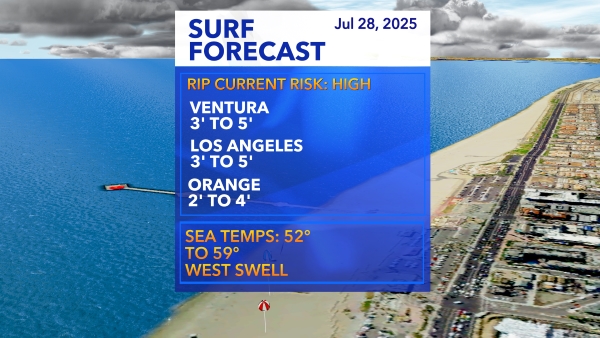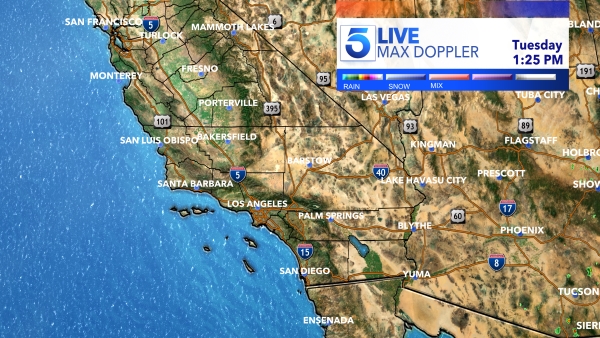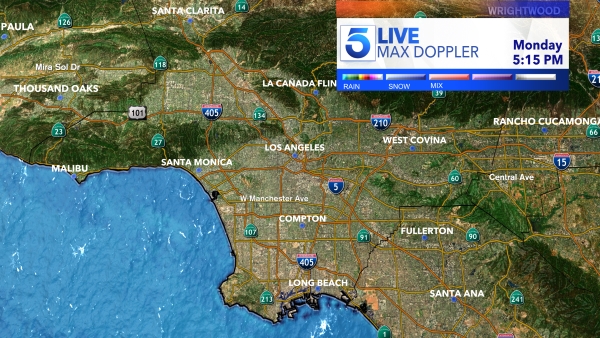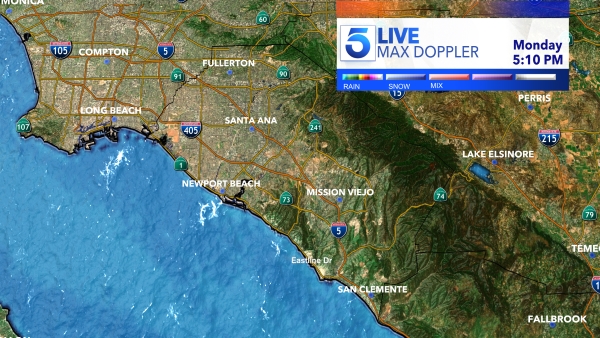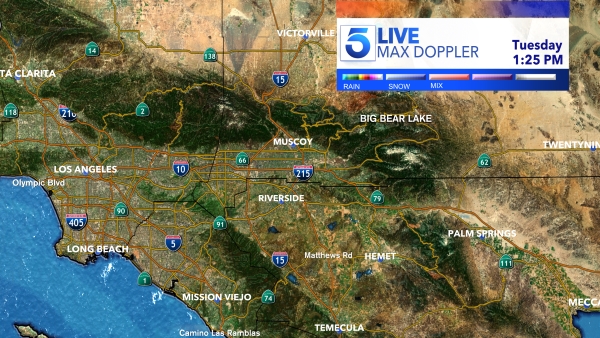As Southern California is battered by another atmospheric river bringing historic amounts of rain and causing the earth to slide from volatile hillsides, many homeowners are concerned about what major storm damage will actually be covered by their homeowner’s insurance policies.
The answer is not a whole lot, at least not the debris flows and flooded living spaces we are seeing this week.
“Most homeowner insurance policies will not cover that. They don’t cover flooding, or mudslides or any movement of the earth for that matter,” David Lazarus, KTLA’s business and consumer news reporter, said. “So that would require additional flood insurance.”
Laz looked at the numbers and found only about 2% of homeowners have flood insurance policies.
But what does homeowner insurance cover? Well, it does cover storm damage that falls under certain criteria.
“For example, if a tree falls on your house, you’re covered for that. If a tree falls through your window and you get water damage or if there’s water damage from something coming through the roof, you’re covered for that as well,” Lazarus said.
On the other hand, if a tree simply falls in your backyard but doesn’t touch the structure, chances are you’re not covered and you’ll have to make your own arrangements to have that taken apart and taken away.
For renters, property owners and landlords are responsible for obtaining coverage, but renters should still consider getting their own renter’s insurance to cover the costs of things that might be destroyed on the inside, including furniture, TVs and other electronics.
Lazarus also says it’s probably a good idea to reevaluate your existing coverage semi-regularly, especially with these catastrophic storms in mind.
“One of the key things you should be doing is calling up your insurance agent or broker and ask them to review your current coverage and make sure it’s still up to market standards,” he said. “In other words, when you got your insurance in the first place, you might have been insuring for different economic conditions.”
Costs of things like lumber, cement and labor may have risen to the point that your existing policy doesn’t offer enough coverage. There are also riders that you can attach to most homeowner policies that will cover any changes in market conditions, Lazarus said.
Another useful tip is to document your possessions every few months so that in the event of a major disaster, you’ll have evidence of the condition and value of your belongings and you’ll be less likely to get any “pushback” from your insurer.
If you’re not sure if the damage to your home is covered by your existing insurance policy, you should call and ask anyway.
“What’s the worst they’re going to say, you’re not covered? Okay, fine,” Lazarus said.
